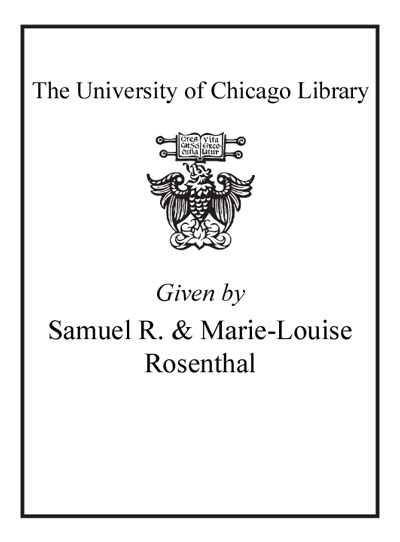Hermopolis Magna und das Heiligtum für Ptolemaios III : eine Nachlese /
Saved in:
| Author / Creator: | Hoepfner, Wolfram, author. |
|---|---|
| Imprint: | Konstanz : UVK Verlagsgesellschaft mbH, [2020] ©2020 |
| Description: | 55 pages : illustrations (some color), maps, plans ; 31 cm. |
| Language: | German |
| Series: | Xenia, 0396-8669 ; Heft 53 Xenia (Konstanz, Germany) ; Heft 53. |
| Subject: | |
| Format: | Print Book |
| URL for this record: | http://pi.lib.uchicago.edu/1001/cat/bib/12409781 |
Table of Contents:
- Kapitel I. Chmunu - Hermopolis Magna
- Topographie und Stadtpläne
- Berichte früher Besucher
- Philippos Arridaios und der Neubau des Tempels des Thot und des Hermes Trismegistos
- Temenosmauer oder Umfassungsmauer des Phrourion?
- Die beiden Hauptstrassen Plateia und Dromos - Der 'repair Papyrus' Vindob. Gr. 12565
- Kapitel II. Lage und Erforschung des Temenos für Ptolemaios III
- Grabungen im ptolemäischen Heiligtum
- Agora und Temenos
- Genaue Lage der Basilika und des ptolemäischen Temenos
- Basilika
- Für den Bau der Basilika wiederverwendete Fundamente des ptolemäischen Temenos
- Kapitel III. Dedikation und Katoiken-Reiter
- Die Inschrift
- Die Stifter
- Der 3. Syrische Krieg ein Raubzug?
- Kapitel IV. Form und Konstruktion des Heiligtums für Ptolemaios III
- Korrektur der Grösse des rechteckigen, ummauerten Temenos
- Zuordnung der Bauglieder
- Baumaterial und Technik. Brüchiger Kalkstein. Lehmziegel
- Kapitel V. Rekonstruktion der Bauten und Fragen der Nutzung - Propylon
- Verwandte Torbauten - Altar
- Stoai (Hallen)
- Der korinthische Peripteros (Ringhallentempel)
- Die korinthischen Säulen und das Gebälk
- Versammlungs- und Gelageräume einer Kultgemeinschaft
- Kultstatuen
- Kult und Ritus
- Kapitel VI. Neubauten und Aktivitäten in Alexandria
- Museion und Bibliothek
- Das Serapeion
- Geschwisterbauten: Das Temenos in Hermopolis und ein Bauvorhaben im Königsviertel
- Politische Ereignisse führen zum Baustopp in Alexandria
- Kapitel VII. Kunstgeschichte - Baugeschichte
- Der älteste bekannte Ringhallentempel korinthischer Ordnung
- Form und Farbe der korinthischen Kapitelle
- Ionische und dorische Ordnungen
- Kapitel VIII. Skenographiai (Gebaute Bilder): Orthogonale Projektion und Zentralperspektive
- Die Feierlichkeit ägyptischer Tempelanlagen beeinflusst griechische Architekten
- Das Artemision in Magnesia
- Das Ptolemäerheiligtum in Hermopolis
- Parmenion?
- Vorgänger und Nachklänge Anmerkungen.

